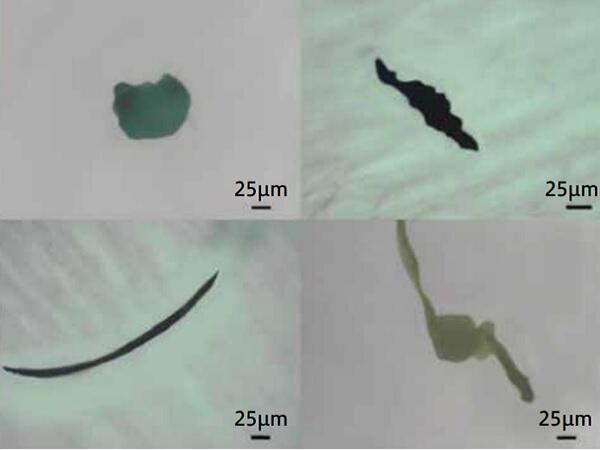In developing Southeast Asian countries, about 10 million tons of plastic waste, or 1/3 of the world's emissions, are dumped yearly. The debris is repeatedly degraded and crushed at sea into microscopic microplastics (MP), which become more difficult to observe and analyze as they become smaller in size. About 70% of plastics discharged into marine waters are unaccounted for.
In conjunction with the JST supported SATREPS program, Professor Atsuhiko Isobe and his colleagues at Kyushu University established an international research center at Chulalongkorn University in Thailand to conduct surveys. They examined the bodies of four species of reef-building corals collected around Si Chang Island off the coast of Bangkok, the capital of Thailand, and found MPs ranging from tens to hundreds of micrometers in size.
In the bodies of four coral species, 0.7 to 2.28 plastic particles per gram of the wet weight were detected, and 21 different polymer species were observed. Nylon, polyacetylene, and polyethylene terephthalate accounted for a large proportion of the detected particles. Moreover, the 174 MP particles detected were distributed throughout the surface mucus layer, tissue, and skeleton of the corals, with particles in respective components accounting for 38 percent, 25 percent, and 37 percent.
Although previous reports have documented the detection of synthetic fibers measuring a few millimeters, this is the first study to demonstrate MP accumulation in the skeleton. Plastic waste is considered to remain in the natural environment for several hundred to thousand years. Once the foreign matter enters the skeleton, it does not leave the coral body. Thus, the detection of MP in the skeleton suggests that MP may remain in the corals for a long period on a millennium timescale after the corals die.
The findings of this study demonstrate the importance of reevaluating the MP accumulation levels in corals around the world and broadly investigating its impact. They also provide new clues about the previously unknown whereabouts of plastic waste and contribute to the establishment of basic data for marine environmental conservation.





